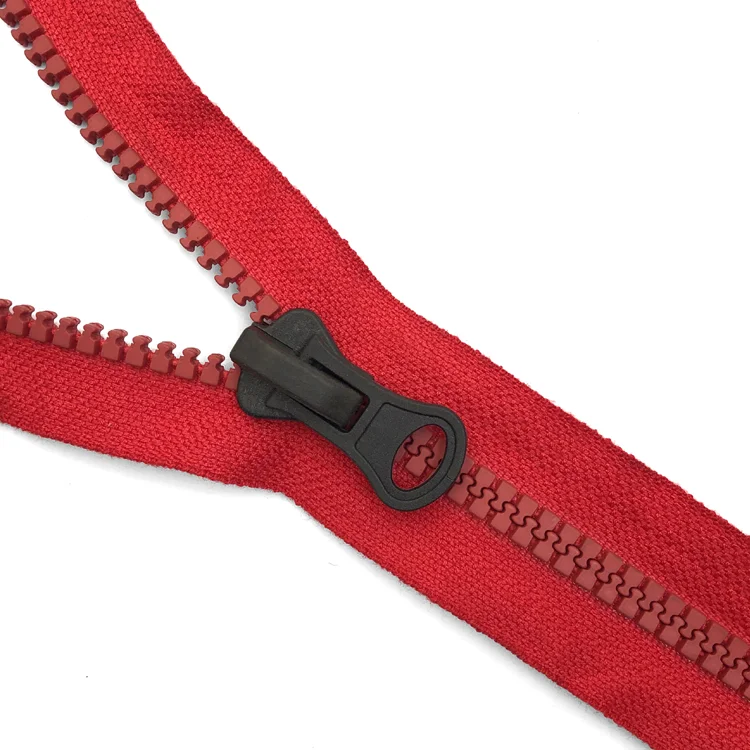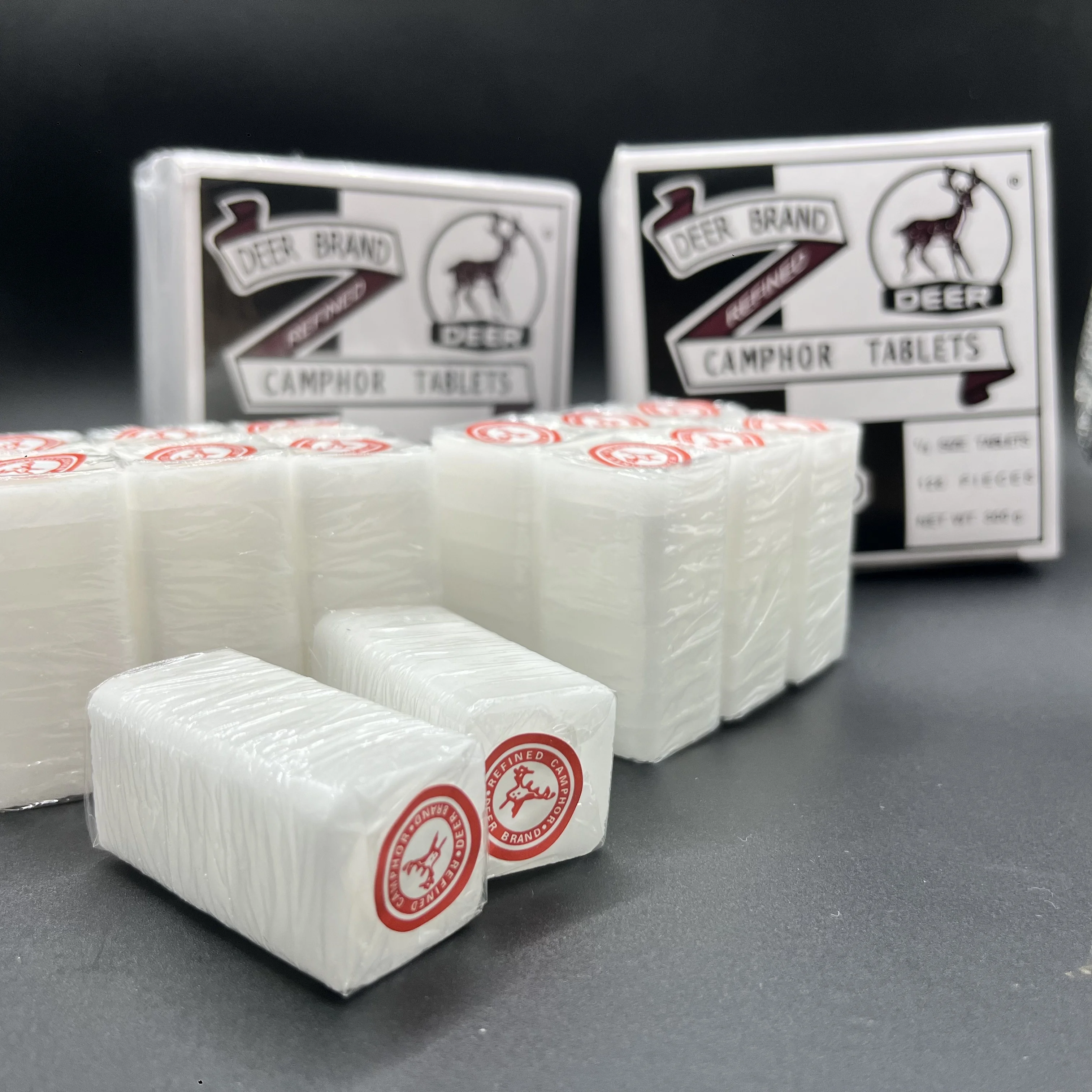In the challenging and dangerous world of firefighting, every piece of equipment is meticulously designed to ensure the safety and survival of those who dedicate themselves to this life-threatening profession. Fire suits, also known as turnout gear, are one of the most vital components in a firefighter's protective ensemble. These suits are designed to shield firefighters from extreme heat, flames, and hazardous materials. Among the various elements that make up this critical protective gear, the fire suit zipper plays an often-overlooked yet crucial role in maintaining the suit's integrity, functionality, and the firefighter's overall safety. This article TYZ aims to explore the role of the fire suit zipper and the materials used in its construction.

The Role of Fire Suit Zippers in Firefighter Protection
Firefighting suits are designed to provide a high level of protection against heat and fire while allowing firefighters the mobility they need to perform their tasks effectively. The fire suit zipper plays a fundamental role in the functionality of the suit by providing a secure, easy-to-use fastening mechanism that ensures the firefighter is fully protected during their operation.
The main function of the fire suit zipper is to allow the firefighter to securely fasten their gear while maintaining a comfortable and flexible fit. A well-designed zipper prevents the entry of hot air, hazardous chemicals, and other dangerous substances into the suit, keeping the firefighter safe while they perform their tasks. The zipper also facilitates quick donning and doffing of the suit, which is critical when responding to emergency situations where time is of the essence. It is vital that the zipper functions seamlessly, even under extreme conditions, to ensure the suit remains secure and effective at all times.
Moreover, fire suit zippers must strike a delicate balance between being strong enough to withstand extreme heat and stress, yet flexible enough to allow for the necessary mobility that firefighters require during operations. Whether it's for climbing ladders, crawling through confined spaces, or maneuvering heavy equipment, the fire suit zipper must function smoothly without impeding the firefighter's movements.
Material Considerations for Fire Suit Zippers
The materials used in the construction of fire suit zippers are paramount in determining their durability, heat resistance, and overall performance. Given the demanding nature of firefighting, the zipper must be made from high-quality materials that can endure high temperatures, physical stress, and environmental exposure while maintaining reliable functionality. Below are some of the most commonly used materials in the manufacturing of fire suit zippers:
-
Brass Zippers: Historically, brass was a common material used for fire suit zippers because of its strength and resistance to corrosion. Brass zippers are still prevalent in certain applications where extreme heat resistance is less of a concern. They provide durability and excellent corrosion resistance, making them a reliable choice for fire suits designed for everyday use.
-
Stainless Steel Zippers: Over time, stainless steel zippers have become the preferred choice for fire suits due to their superior heat resistance and strength. Stainless steel zippers offer much better performance under extreme conditions, which is essential in high-temperature environments. These zippers are highly resistant to corrosion, making them an ideal option for prolonged exposure to heat, fire, and chemicals.
-
Heat-Resistant Coatings: Another key consideration in fire suit zipper design is the use of heat-resistant coatings. Zippers can be coated with materials such as Teflon, which enhances their heat resistance and durability. These coatings prevent the zippers from warping, breaking, or melting when exposed to high temperatures, ensuring that the zipper continues to function effectively even in intense firefighting situations.
-
Nylon Zippers with Fire-Retardant Treatments: For specific applications, fire suits may incorporate nylon zippers that have been treated with fire-retardant materials. These zippers offer a lighter, more flexible alternative while still providing protection against heat. While nylon zippers are not as heat-resistant as brass or stainless steel, fire-retardant treatments improve their performance and make them suitable for suits designed for lighter firefighting duties or scenarios where comfort and flexibility are paramount.
The fire suit zipper is a small but critical component of firefighter gear that plays a major role in ensuring the safety, comfort, and mobility of the firefighter. Its materials, design, and placement are all carefully considered to maximize its performance in extreme conditions. Whether made from brass, stainless steel, or nylon, the fire suit zipper must be durable enough to withstand high heat, corrosion, and physical stress while maintaining functionality when needed most. Understanding the importance of fire suit zippers and taking care to select the right one for your needs will ensure that firefighters can perform their duties safely, efficiently, and with confidence, knowing that their protective gear is up to the task.
https://www.tianyizip.com/Fire-Suit-Zippers-A-Critical-Component-for-Firefighter-Safety.html
https://www.tianyizip.com/Fire-Retardant-Zipper
www.tianyizip.com
Wuxi Tianyi Zipper Manufacturer Co.,Ltd.



More Stories
Slipcover Winter Blanket Warm: The Ultimate Home Essential for Cold Weather Living
Cozy Holiday Style: Christmas Sweatshirts for Women
2-Person Fiberglass Speed Boat: Compact Design with High Performance